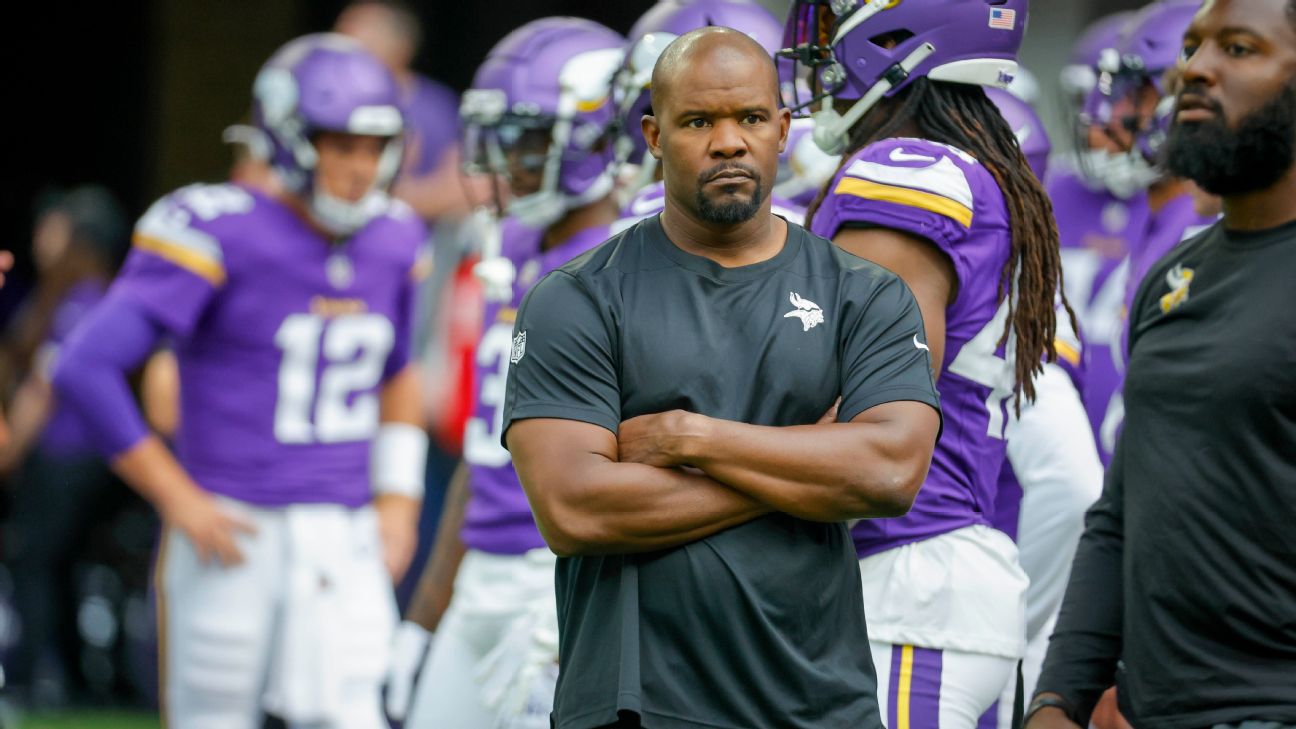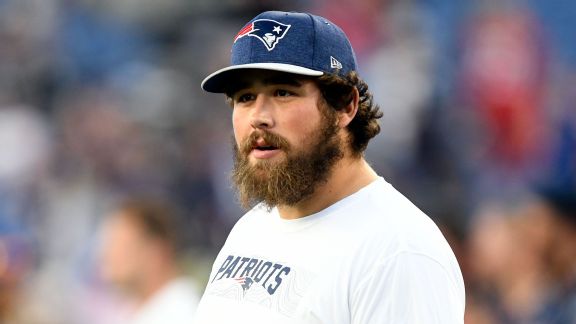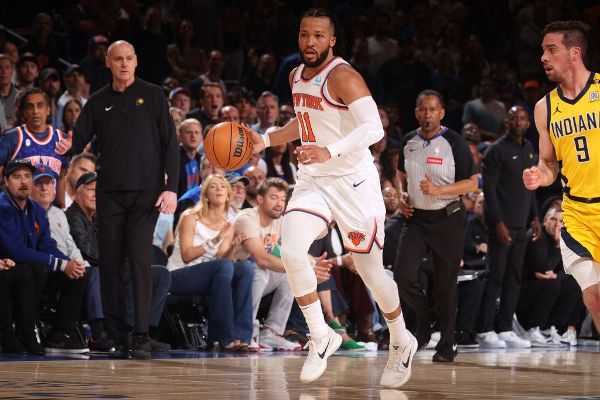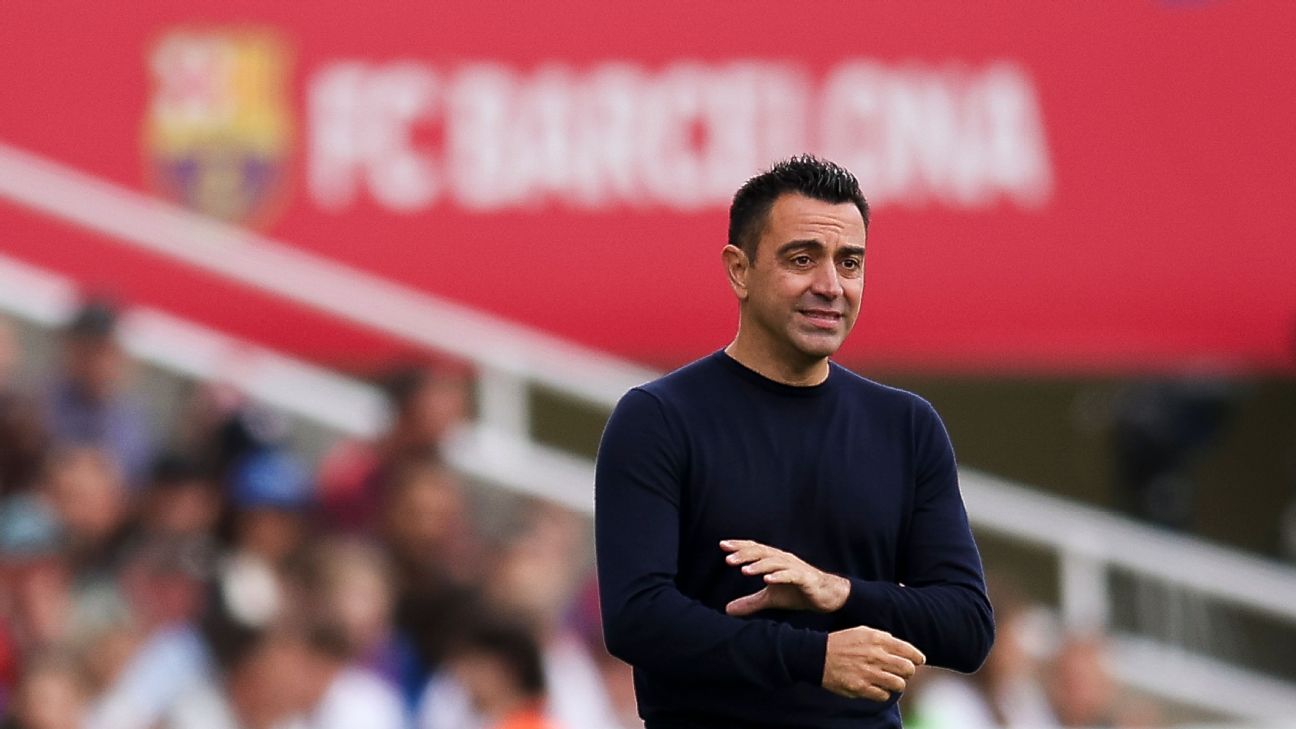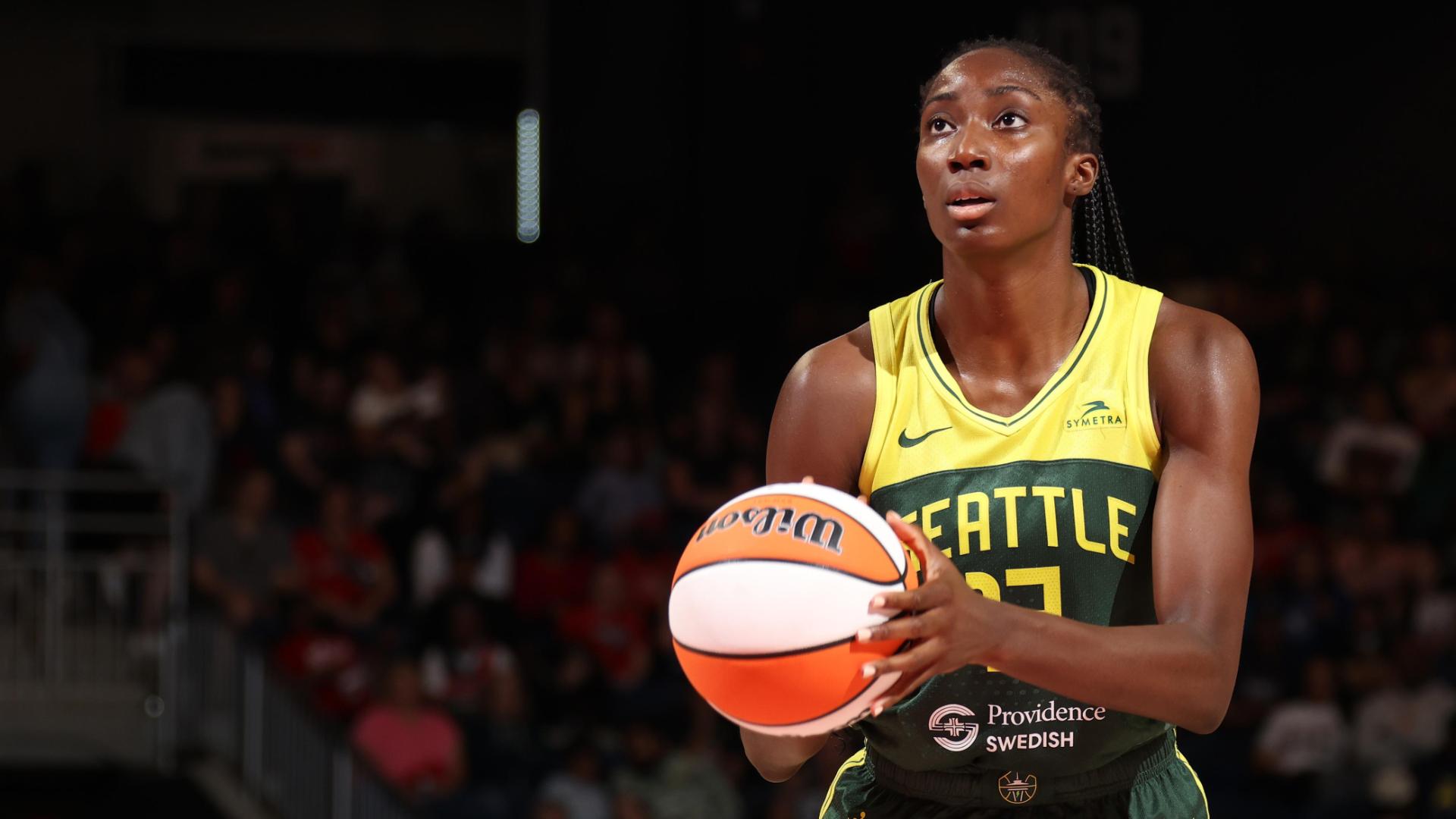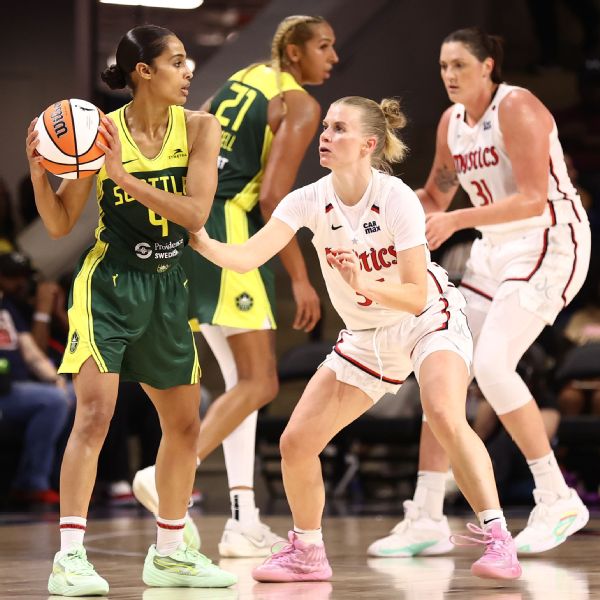![Jorge Martin 230901 [1296x729]](https://a.espncdn.com/photo/2024/0508/r1330131_1296x729_16-9.jpg)
7 things from women s football Chelsea thrash Man United to seal WSL Liverpool progress Lyon win title
Fifty-two years ago, Kenny Roberts changed the course of motorcycle racing. The three-time MotoGP world champion from Modesto, California, is widely considered the first to regularly drag his knees across the pavement while cornering.
That knee-dragging style has been a pillar of the sport ever since. It's a skill that riders don't think twice about, but newly introduced onlookers can hardly believe. And for the better part of 40 years, those mechanics of cornering didn't change much.
Then riders started brushing their elbows against the kerbs. Two-time champion Casey Stoner was photographed doing that at the Circuit de Barcelona-Catalunya in 2011, setting the series alight.
"When Casey did it in Catalunya, he kind of destroyed [the elbow of his protective leather suit] in the process," Chris Hillard, communications director for Alpinestars, a manufacturer of protective equipment, told ESPN. "When we changed the arm, we gave him the arm. The whole idea was to make a memento of it that showed how rare it was to do."
What was once rare is now commonplace. Roberts duct-taping the knees of his leathers eventually brought about the introduction of knee sliders, and for more than 10 years now, Alpinestars has been installing elbow sliders on its leathers.
It may soon have to start adding shoulder sliders.
"Touching the elbow is a really normal thing because it's like a reference for us, but when you lean that much and you touch with the shoulder, it's something special," 2024 MotoGP world championship leader Jorge Martín said to ESPN at the Grand Prix of the Americas in Austin, Texas, last month.
The 26-year-old from Madrid is pushing the envelope of what's possible on two wheels. He did more to just set the sport alight when his shoulder-dragging spectacle at Catalunya last season, his exploits went mainstream, crossing over into the world beyond bikes.
Are the extraordinary talents of Martín and his contemporaries solely responsible for this progression of eye-catching cornering? Or are the efforts of an army of engineers in MotoGP's paddock concocting a new wave of tech that makes it all possible?
There isn't just one answer to that question, and they're all interconnected.
"Grip is playing the magic role here," head of vehicle department at Aprilia, Marco de Luca, told ESPN. At the most fundamental level, that is undoubtedly true: the grip produced by MotoGP tire supplier Michelin is better than ever.
The French manufacturer is regularly introducing new tire compounds to improve grip. It is constantly researching and developing the construction of its tires, finding ways to allow for more deformation, which increases the amount of tire that's in contact with the pavement, while still providing enough structural support to cope with the extreme forces the rubber endures.
Then there's the matter of how MotoGP machines exploit the grip on offer.
The series' standardized electronic control units minimize the time tires are overpowered by their 300-horsepower engines, and the less time a tire spends spinning, the less likely it is to overheat, maximizing performance over full race distances. The sport is also in the midst of an aerodynamic renaissance, a winged revolution that is smashing lap record after lap record, with ground-effect fairings and diffusers and downwash ducts yielding mid-corner performance that was once unthinkable.
"When you put all this together, with the ability of the riders that are the best riders in the world, you can see this lean angle that is just unbelievable," Michelin's two-wheel motorsport manager Piero Taramasso said to ESPN from Circuit of the Americas in Austin. "The technology is pushed to the limit everywhere: tires pushed to the limit, aerodynamics pushed to the limit, the chassis pushed to the limit, and the riders too."
There was some level of consensus among everyone ESPN spoke to for this story, though. The advancements in technology may be playing a supporting role, but the biggest reason for riders striving for lean angles that put their shoulders on the ground corner after corner is the riders themselves.
"I rode my [road legal Ducati] Panigale [at Portimão in Portugal] and I was touching almost the same as the MotoGP bike, so I guess it's more about the rider or the style, the precision," Martín said. "We are improving now, every year you try to be more and more precise and you need to be super close to the kerb."
And MotoGP's manufacturers are very aware of that phenomenon. Aprilia's De Luca said that the bikes are getting smaller every year -- "this year's bike [could fit] inside the bike of three, four years ago" -- which creates a more optimized center of gravity, making for more maneuverable machines, and also allows riders greater freedom of movement.
"The rider is pushing the bike, the bike is getting smaller, cleverly designed to permit the rider to lean out, to force the bike to sustain and to tolerate the higher and higher roll angle," De Luca said. "The key here is that you use your body to lean more than the bike, so the center of gravity of the rider on the bike is in the best location ever, compared to the old riding style in which [the rider is more on top of] the bike."
These machines are more complex and capable than ever, but they're being designed with riders in mind. That even applies to aerodynamics, with manufacturers forecasting how their star pilots can help manipulate the air around the motorcycle.
Alpinestars is seeing firsthand how the riders' inputs are having a greater effect on the bikes. Not long ago, just a few of its riders had strips of silicone material applied to the insides of their thighs to allow them to better grip the motorcycle as they hung off of it in the corners. Now, more and more Alpinestars-equipped riders are using silicone strips to help grip the bike, Hillard said, and in more places and in greater quantities. It's all in the quest to achieve greater cornering performance. And if the jaw-dropping exploits of Martín and his cohorts are anything to go by, we're about to witness a whole generation of riders comfortable getting their shoulders on the asphalt.





